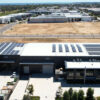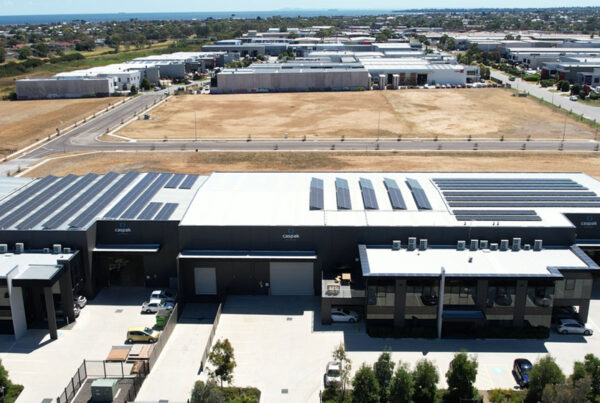
When considering the role that packaging plays in getting foods to market, we need to take a broader perspective of the environmental and social considerations of the food industry.
Gone are the days where we visit our local market-place and purchase everything we need directly from our local producers. Whilst farmers’ markets are growing to be a popular alternative to the large supermarket chains, they can’t supply all the food needed for our growing population, and the western propensity for urban living makes this an unrealistic option for most of us.
This means that most of the food we consume has travelled long distances to our local supermarket shelves, whether it’s processed food or fresh food from the producer.
And in most cases, when shopping, we don’t stop to think that our endless supply of year-round staples has either travelled for miles or, if produced locally, taken large amounts of power and water to produce.
In 1994, The Food Miles Report popularised the concept of reducing our ”food miles”, the distance food has travelled from producer to consumer, to reduce our impact on the environment. And, whilst the idea that reducing the distance that food needs to travel may seem logical, it doesn’t take into account the resources needed to produce a particular food locally compared to the resources needed to transport it, nor the different modes of transport for different foods. It’s been shown that the dominant percentage of emissions, at around 83%, is created during production, with transport only making up 11% of the food emissions.
As our global food industry has grown, there is greater interdependence between countries that can produce food and those that consume it. This means that countries like New Zealand have the capacity to over produce, meaning they grow more than their population can consume, so that countries like the US, which cannot produce the amounts or types of food to meet consumer demand, can purchase these goods. And this global expansion to the food industry, and even the supply of locally grown produce to our cities, means that packaging plays a vital role in ensuring that both fresh and processed foods reach consumers safely and without spoiling.
As we’ve mentioned previously, the UN Food Agriculture (FAO) Report has shown that if food waste was a country it would be the third largest Greenhouse Gas emitter after the US and China. So, limiting the amount of food that’s wasted is vital. The levels of food waste vary at different parts of the supply chain and are different depending on where the food is produced, but the further food has to travel, the more important the packaging becomes in getting it to its intended destination on the consumer’s table.
The type of packaging you choose is relevant in helping you reduce the environmental impact. Although we’ve shown that the emissions from food transport only account for around 11% of food emissions, there is still room to improve your impact by making better packaging choices.
To calculate the overall impact of food production you need to allow for the power and water resources to grow the raw materials and ingredients of both the food and the packaging; you need to factor in any resources and power needed to harvest and process the food; and you need to factor in the emissions from transport.
And, when it comes to transport, choosing light weight, well-designed packaging that reduces carton capacity and weight, especially if it’s recyclable, like our Soft Plastic Recyclable Pouches, will reduce your carbon footprint further. Replacing soup cans or glass jars with a plastic pouch can reduce the number of containers needed for shipping by up to 60% in filled packaging, or up to 90% for inbound unfilled containers. This is turn increases the capacity on the ship and reduces the number of trips/ships needed.
In addition, choosing packaging that helps to extend the shelf-life of products so that these distances and timeframes can be achieved is vital in keeping our negative impact in check by reducing the amount of food wastage before it reaches the consumer.








